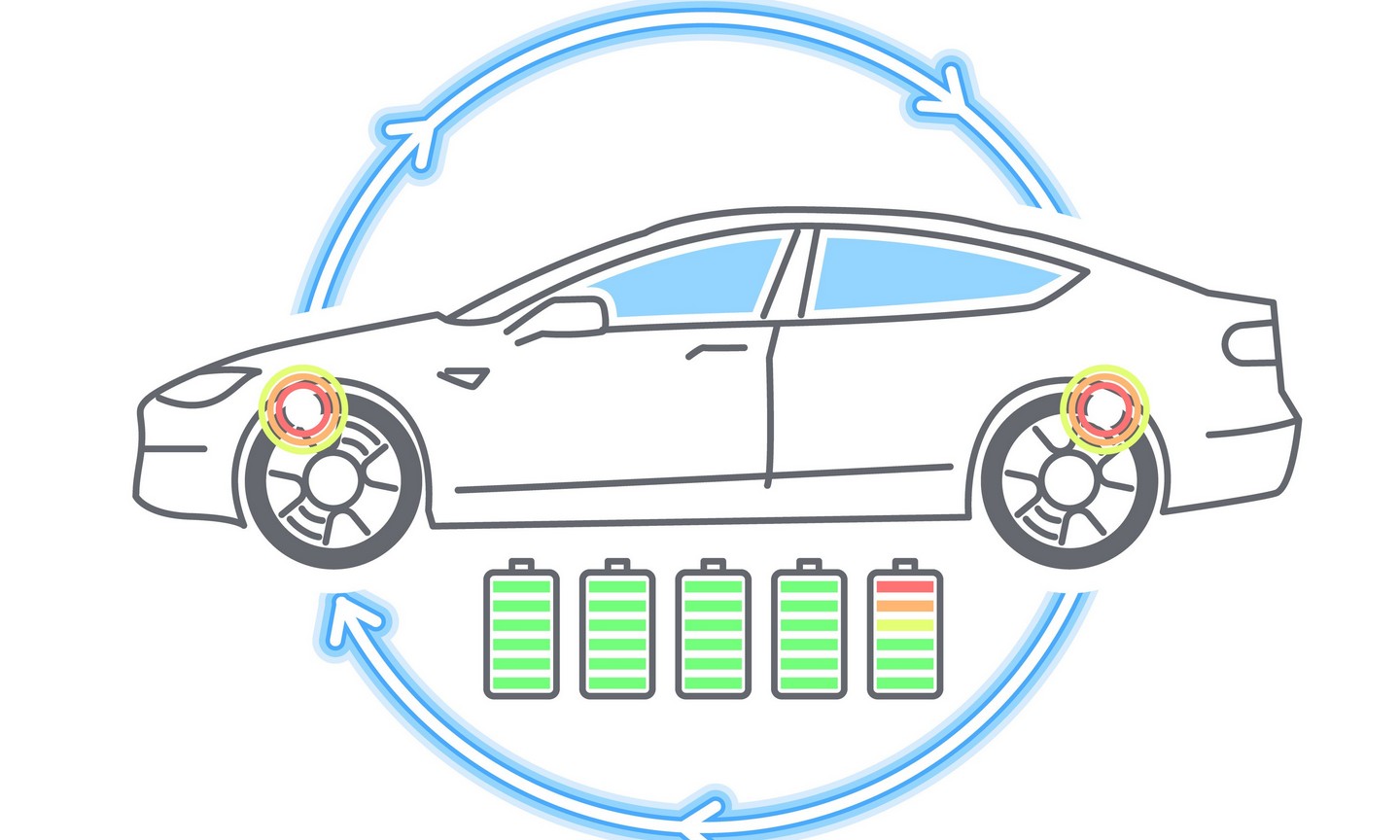Are you curious about the groundbreaking technology that is reshaping the world of electric vehicles? Dive into the future of eco-friendly transportation with “Electric Cars With Regenerative Braking,” and discover how this innovative feature is transforming the way we drive.
Unleashing Efficiency: Electric Cars With Regenerative Braking
The automotive industry is undergoing a green revolution, and regenerative braking technology is at the forefront of this transformation. In this comprehensive guide, we will explore the concept, benefits, and notable electric cars equipped with regenerative braking systems, paving the way for a more sustainable and energy-efficient driving experience.
Understanding Regenerative Braking
The Basics:
- Regenerative braking is a technology that converts kinetic energy produced during braking into electrical energy.
- Instead of dissipating energy as heat, regenerative braking stores it in the vehicle’s battery for later use.
How It Works:
- During deceleration or braking, the electric motor switches to generator mode, producing electricity.
- This electricity is then fed back into the battery, replenishing its energy store.
Advantages of Electric Cars With Regenerative Braking
1. Increased Energy Efficiency:
- Regenerative braking significantly improves energy efficiency by utilizing otherwise wasted energy.
- Electric cars equipped with this technology can cover more miles on a single charge.
2. Extended Battery Life:
- By reducing reliance on traditional friction brakes, regenerative braking minimizes wear and tear on the braking system.
- This contributes to extended battery and brake system lifespan.
3. Enhanced Driving Range:
- The recovered energy contributes to an increased driving range, making electric cars more practical for longer journeys.
- Regenerative braking addresses one of the key concerns—range anxiety—associated with electric vehicles.
Electric Cars Embracing Regenerative Braking
1. Tesla Model 3:
- Tesla’s Model 3 features regenerative braking technology, enhancing its overall efficiency and range.
- The Model 3 demonstrates the integration of regenerative braking into high-performance electric vehicles.
2. Nissan Leaf:
- The Nissan Leaf, a popular electric car, incorporates regenerative braking to optimize energy usage.
- This model showcases the application of regenerative braking in mainstream electric vehicles.
3. Chevrolet Bolt EV:
- The Chevrolet Bolt EV utilizes regenerative braking as part of its energy recovery system.
- Drivers of the Bolt EV experience the benefits of regenerative braking in their daily commutes.
Overcoming Challenges and Advancing Technology
1. Fine-Tuning Efficiency:
- Ongoing research and development focus on refining regenerative braking systems for optimal efficiency.
- Fine-tuning algorithms and control systems play a crucial role in maximizing energy recovery.
2. Educating Drivers:
- A key challenge is educating drivers on how to maximize the benefits of regenerative braking.
- Driver awareness and engagement are vital for realizing the full potential of this technology.
3. Integration with Other Technologies:
- The integration of regenerative braking with other emerging technologies, such as autonomous driving systems, is being explored.
- Synergies between technologies can further enhance the overall efficiency of electric vehicles.
Conclusion
In conclusion, “Electric Cars With Regenerative Braking” represent a significant leap forward in the quest for energy-efficient and sustainable transportation. As technology continues to evolve, regenerative braking is poised to become a standard feature in the electric vehicle landscape. Embracing this innovation not only enhances the efficiency and range of electric cars but also contributes to a greener and cleaner future on our roads.
Read too: Which Electric Cars Have Autopilot? Navigating the Future
